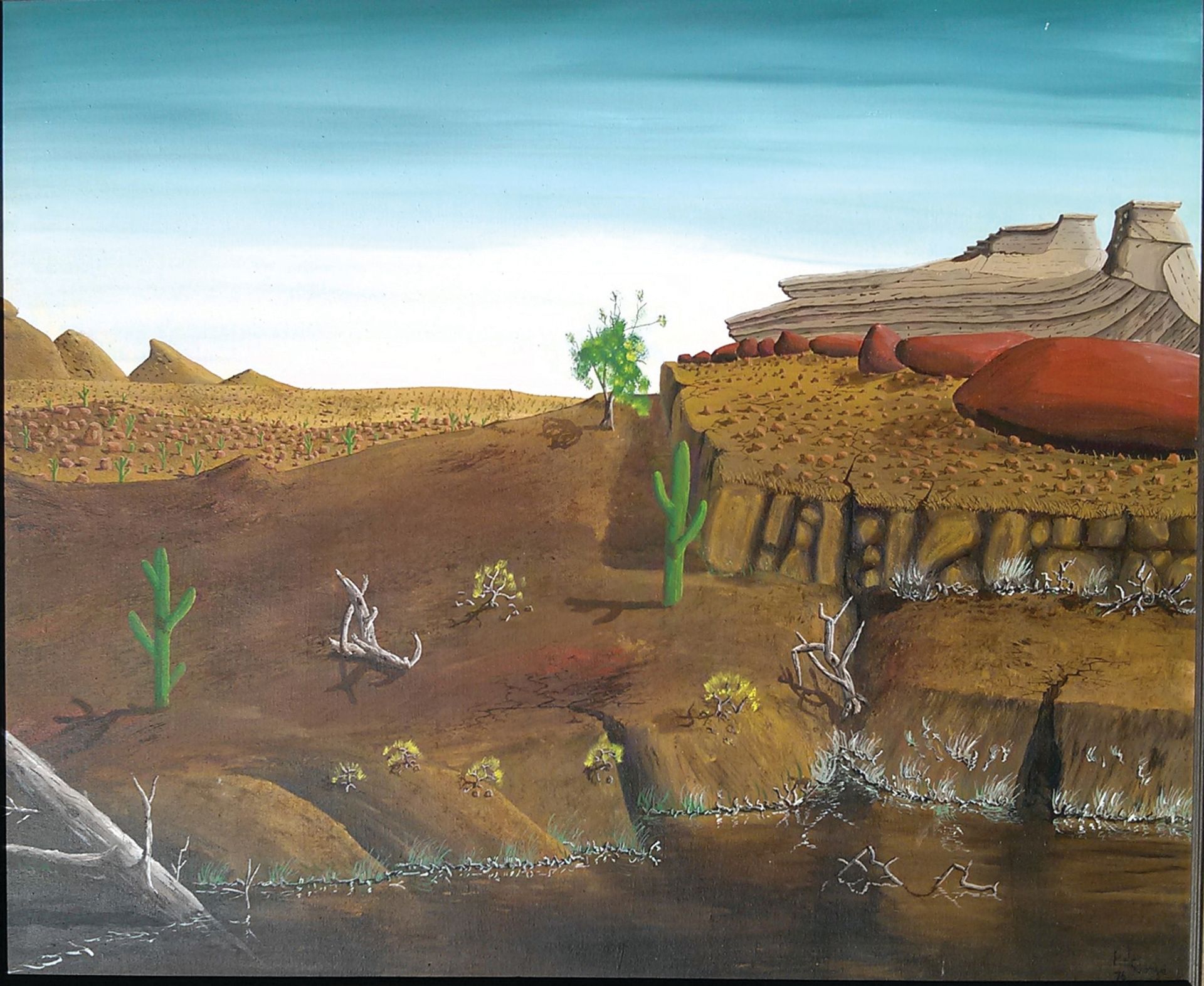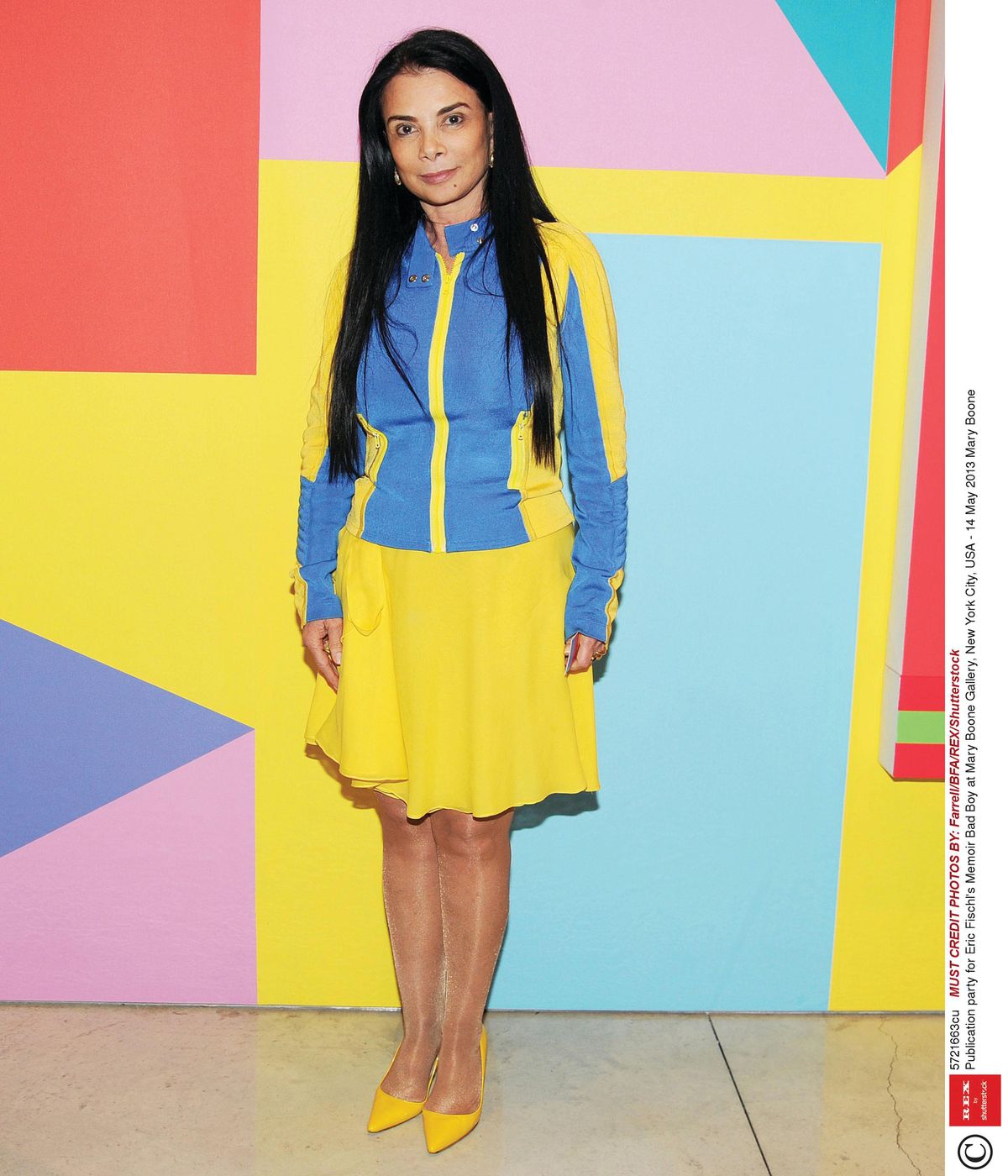Centaur of dispute
Lawyers for Blue Art, the London-based company owned by the dealer Fabrizio Moretti, filed an amended complaint on 17 August against the New York art dealer David Zwirner and his gallery, which Moretti says failed to deliver a work of art he bought for $2m. The new complaint comes after Zwirner’s motion to dismiss named the previously anonymous purchaser and called the lawsuit “a case of buyer’s remorse”. In response, Moretti’s recent court filings reveal the work at the heart of the case: Jeff Koons’s Gazing Ball (Centaur and Lapith Maiden) (2013), from the gallery’s show that year. And while Moretti, who deals in Italian Renaissance art, previously asked for the original purchase price for the work plus fees, his updated suit seeks $6m in total damages. In the new filing, Moretti’s lawyers say Zwirner and the gallery played “a kind of ‘three card monte’ in which the numbered casts of the sculpture”—an edition of three, plus an artist’s proof—“were distributed to their buyers willy-nilly”. According to court papers, Moretti’s amended suit alleges that Zwirner’s dealings violate the New York Arts and Cultural Affairs Law. Zwirner’s lawyers said “the recent amended allegations are absolutely baseless. The client has declined delivery of the artwork, which is completed and ready for pick up.”

Mistaken identity?
A Chicago federal judge has ruled that the artist Peter Doig “absolutely did not paint the disputed work” at the centre of a long-running lawsuit. A retired Canadian prison officer, Robert Fletcher, claimed that a painting he bought for $100 from an inmate at Thunder Bay Correctional Center in the 1970s was made by a young Doig. The artist denied it and Fletcher sued in 2013, saying that Doig had negatively affected the value of the work. His suit demanded that the artist pay $7.9m in damages. The painting is signed and dated “Peter Doige, 76” by a man who, according to Doig’s lawyers, died in 2012. Matthew Dontzin, the lawyer for Doig and his gallerist Michael Werner, said in a statement that he had rarely seen a case that “inflicted such needless burdens on a defendant”. William Zieske, lawyer for the plaintiffs, Fletcher and the Chicago art dealer Peter Bartlow, did not respond to a request for comment, but Zieske told the New York Times: “I still think the painting may be authentic.”
Gagosian pays back taxes
Gagosian Gallery has paid $4.3m in back taxes and penalties to the state of New York, following an investigation by the New York Attorney General Eric Schneiderman. The fee stems mostly from some $40m worth of art sold to customers in New York between 2005 and 2015. The art in question was sold and shipped by the California-based Pre-War Art, a shell company whose president is Larry Gagosian. Pre-War Art also kept a bank account in New York, one of many elements contributing to what Schneiderman called a “substantial nexus” between it and Gagosian, and thus meaning New York taxes should have been collected. Schneiderman found no criminal wrongdoing. “Those who fail to pay their fair share can deprive the state of millions of dollars, leaving ordinary New Yorkers to foot the bill,” Schneiderman said in a 19 July release. “We will continue to remain vigilant in order to ensure that art dealers and collectors fully abide by the state’s tax laws.”
Boone and buia at odds
In late July the dealer Mary Boone and the art adviser Vanessa Buia filed duelling lawsuits over a pair of sculptures by the New York artist KAWS that Boone sold to Buia earlier in 2016. Boone says that Buia assured her the works would be going to an “important collector” but ended up instead at Galerie Laurent Strouk in Paris, in May. Boone asked for the return of the $60,000 discount she gave Buia, who paid $290,000 for the works. Buia said she cannot be responsible for the actions of her collector, who allegedly put the works in the Paris gallery. Buia’s complaint is also marked by a number of personal attacks against Boone, whom Buia describes as having a “fragile mental state,” as “mercurial” and ““on the way down” in her career and artists and other dealers know it”. It also misspells the artist Julian Schnabel’s name, twice.


